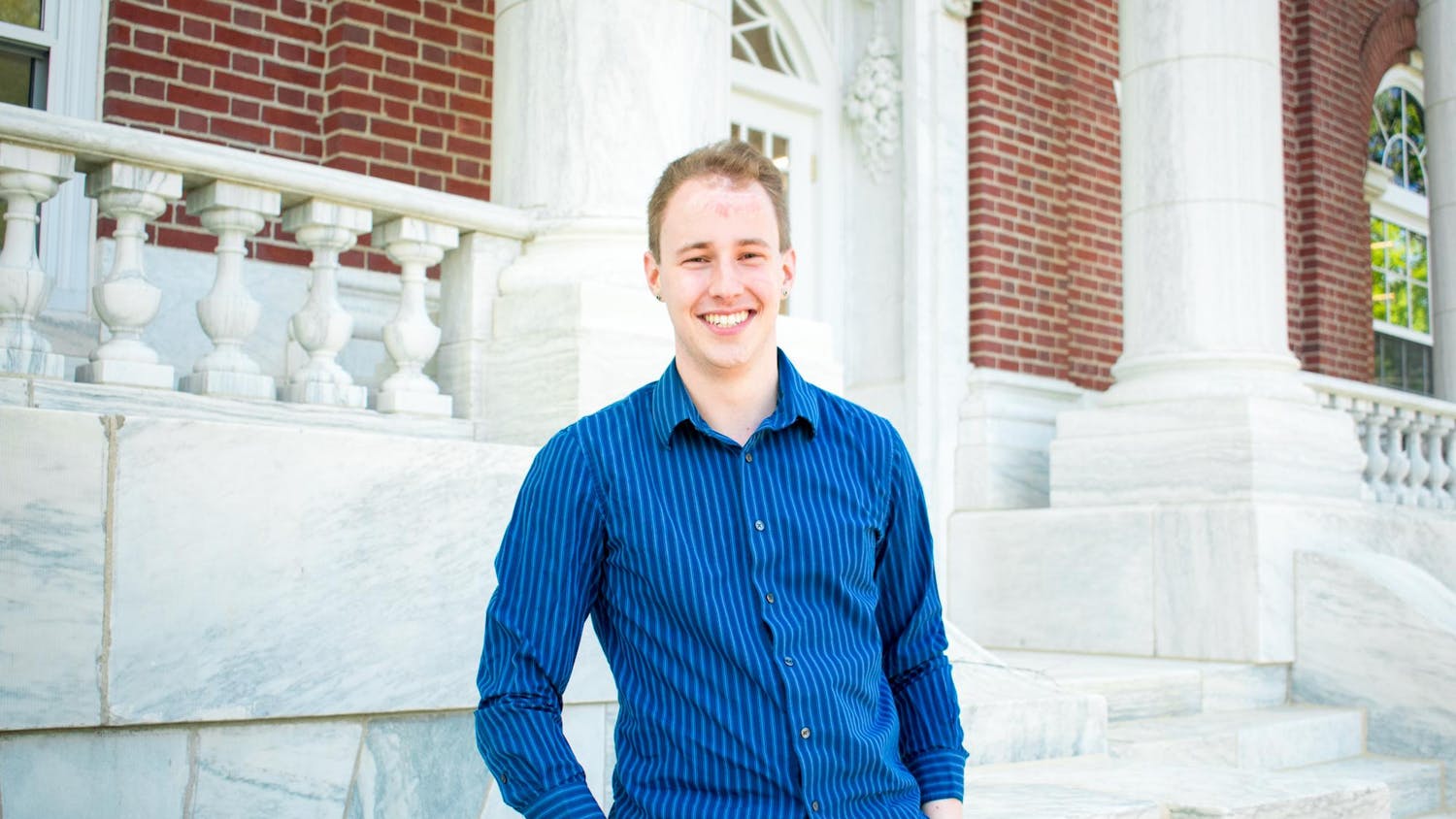On Monday, prolific film scholar David Bordwell of the University of Wisconsin-Madison delivered a lecture about experimentation in storytelling techniques in 1940s Hollywood films. The talk, titled "The Switcheroo Tradition: Narrative Innovations in 1940s Hollywood," was held in Olin Hall and was preceded by a screening of "The Locket" (1946). It was the final installment of the Film and Media Studies (FMS) Faculty Film Screening Series, which began in February.
After welcoming remarks by Malcolm Turvey, the Sol Gittleman Professor in FMS and the FMS program co-director, Bordwell introduced "The Locket" as it related to his scholarship. The film, which tells the story of a woman's life through a cascade of embedded flashbacks from the perspectives of her and her previous love interests, exemplified the kinds of novel approaches to storytelling he was interested in, Bordwell said.
After the screening, Bordwell began his lecture by describing his research as an examination of the evolution of narrative devices — such as voiceovers, point-of-view shots and flashbacks — in Hollywood films produced between 1939 and 1952. He said that early uses of flashback generally appeared only in B-movie legal trial scenes. The release of "The Power and the Glory" in 1933 broke this convention and inaugurated the use of the technique as a way to represent a character's memory, a practice which proliferated rapidly in Hollywood in the 1940s and was famously deployed in "Citizen Kane" (1941).
Bordwell said that his work, which will culminate in a book, is focused on tracing the permutations of these devices in his decade of interest. He introduced the term "schema" as an analytic frame for thinking about what kinds of scenes that devices such as flashbacks are used in, what effect those devices are intended to have, as well as what a filmmaker's motivations might be in replicating, revising or breaking the conventions of those devices.
"You might even think of them like folktales, where we don't really know what the original folktale is, but we know its variations," Bordwell said.
These variations are what Bordwell referred to as "switcheroos," or revisions of conventional device usages, that continue to shape and define how stories are told through film. He illustrated his methodology through a discussion of "The Locket" and three other films: "Kitty Foyle" (1940), "Lydia" (1941) and "The Affairs of Susan" (1945). Each film demonstrated a new way of using flashbacks to represent both the content of and the emotions associated with a character's memory. For example, while "The Affairs of Susan" uses flashback to show how one character was viewed by a number of other characters, "Kitty Foyle" presents the device as a substitute for the stream of consciousness writing style of the novel from which the film was adapted.
Bordwell also used these films to discuss the ways in which different Hollywood filmmakers in the 1940s explored flashback to complicate the chronology of their stories. He cited the fast rise of the flashback in the beginning of the decade — which he referred to as a "density" of experimentation with the device — as one driving reason for its complex innovations in a short time.
"'Let's push this further, let's make these flashbacks even more un-chronological,'" Bordwell said.
The lecture was followed by a brief question and answer session. In this segment, Bordwell spent some time addressing the relationship between the representation of inner thoughts in film and widely circulating ideas in popular culture — particularly those associated with psychoanalysis.
"[Filmmakers thought], 'We've always wanted dreams, we've always wanted interiority and now we have an excuse because [psychoanalysis] is out there,'" he said.
David Bordwell visits campus to discuss 1940s Hollywood

Jacques Ledoux Professor Emeritus of Film Studies at the University of Wisconsin Madison David Bordwell speaks in Olin 012 about his movie "The Locket" during a film screening hosted by the Film and Media Studies Department on April 25.





